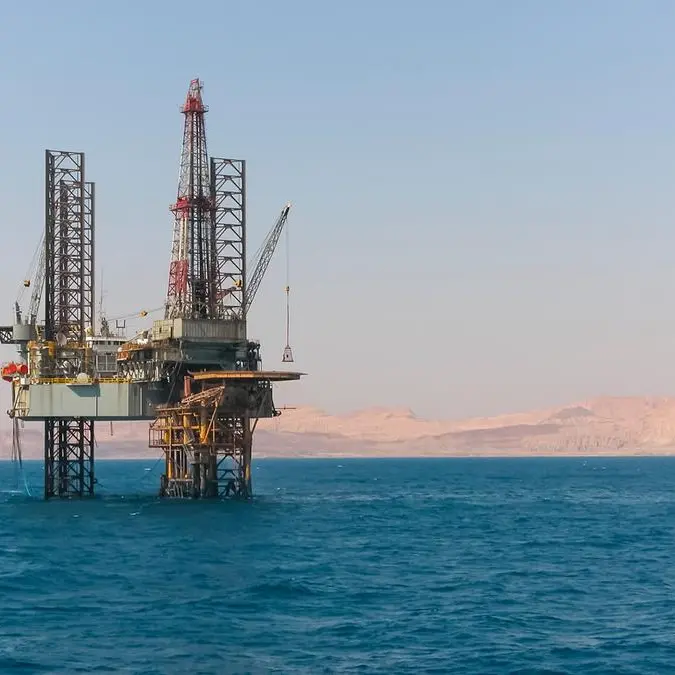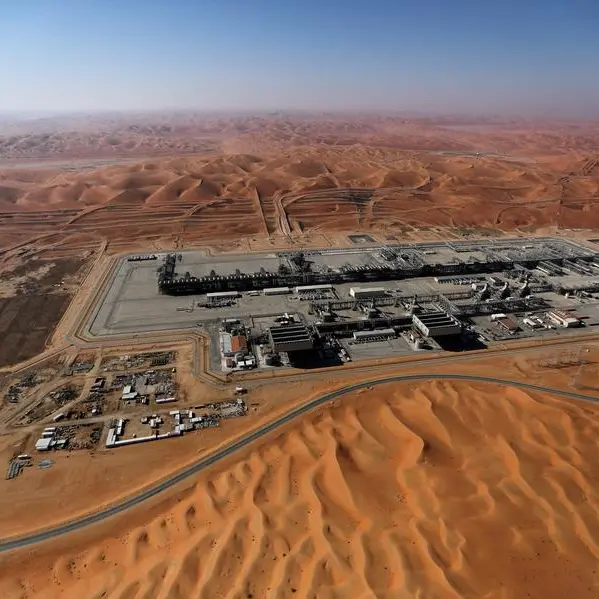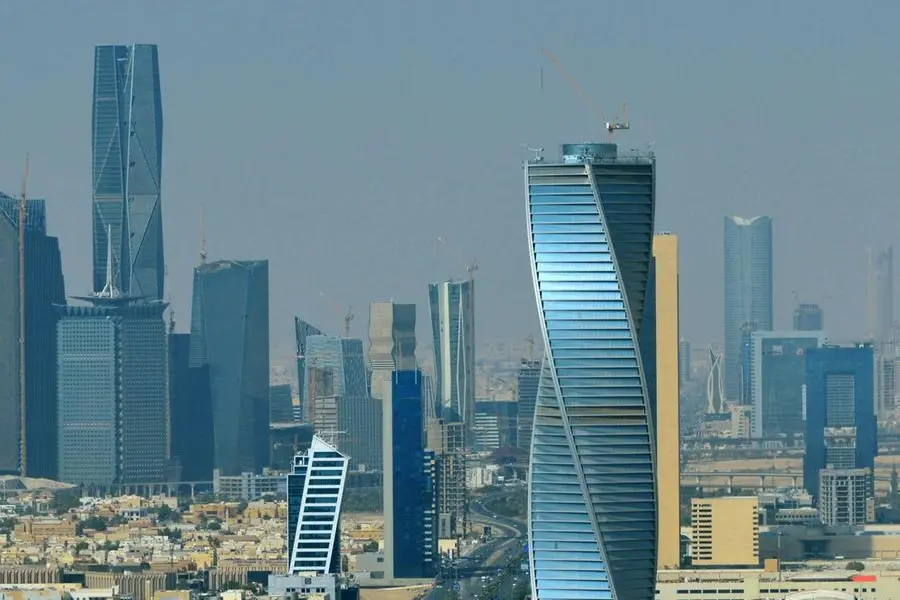PHOTO
A general view of Essar Oil UK’s Stanlow oil refinery near Ellesmere Port, Britain, September 27, 2021. Phil Noble, Reuters Image used for illustrative purpose.
LONDON: Europe’s gas prices are slumping as the combination of mild weather and reduced industrial consumption has produced an unusual seasonal increase in inventories which threatens to overwhelm the storage system.
Inventories in the European Union and the United Kingdom (EU28) are at the second-highest for the time of year in the last decade and on course to end the northern hemisphere winter at an exceptionally high level.
Plentiful inventories at the end of winter 2022/23 will reduce the amount of gas that needs to be put into storage this summer in preparation for winter 2023/24.
There will not be enough storage demand to absorb all the excess production over the summer months if prices remain at high levels.
Left unchecked, prices would fall sharply over summer to encourage more consumption, discourage production and slow imports.
But the futures market is forward-looking and prices are already falling to reduce the pace of inventory accumulation and preserve space for stocks to be added this summer.
SEASONAL NOT STRATEGIC STORAGE
Some policymakers have continued to call for intense gas and electricity conservation to secure supplies for winter 2023/24.
But Europe’s storage is designed to cope with seasonal swings in consumption; it is not a strategic stockpile to cope with embargoes or blockades.
EU28 gas storage is very different from the U.S. Strategic Petroleum Reserve and emergency petroleum stockpiles maintained in other countries.
Given finite capacity in the gas storage system, there is a limit to how much conservation in winter 2022/23 can improve supply security in winter 2023/24.
Slumping gas prices imply the limit is close to being reached.
EU28 inventories rose by 9 terawatt-hours (TWh) between Dec. 23 and Jan. 2 compared with an average seasonal depletion of 26 TWh in the same period over the previous 10 years.
Stocks are now 218 TWh (+30% or +1.98 standard deviations) above the prior 10-year seasonal average up from a surplus of 92 TWh (+10% or +0.86 standard deviations) when the winter season started on October 1.
Inventories are on course to fall to around 562 TWh before the end of winter, with a likely range of 435 TWh to 743 TWh, based on seasonal movements over the past 10 years.
This would still be the second-highest winter-end stock in the past 10 years (stocks ended winter 2019/20 at 609 TWh) and far above the average of 345 TWh.
Moreover, the storage surplus has been increasing, not reducing, this winter, as high prices, industrial shutdowns and warmer than average temperatures have curbed consumption and attracted record LNG inflows.
Total storage capacity is only 1,129 TWh so the system is on track to end winter 50% full (with a probable range of 39% to 66%).
This would not leave much volume for additional gas to be added during the low-consumption refill season from April to September.
INVENTORY AND PRICE CORRECTION
The current inventory trajectory is unsustainable.
Traders no longer anticipate inventories might fall critically low before winter ends. Instead, prices are falling to encourage more consumption and redirect LNG to more price-sensitive buyers in South and East Asia.
Futures prices for gas delivered at the end of winter in March 2023 have slumped to 68 euros per megawatt-hour (MWh) from 135 euros on Dec. 15 and 194 euros at the start of winter on October 1.
The end-of-winter calendar spread between March and April 2023 has fallen into a contango of more than one euro from a backwardation of one euro on Dec. 15 and almost 10 euros at the start of the winter season.
Policymakers have criticised very high prices for gas that prevailed for much of 2022 following Russia’s invasion of Ukraine.
But high prices forced reductions in consumption and maximised LNG imports, removing the threat gas supplies would run out in winter 2022/23.
Europe’s gas market worked.
Now the focus has turned to ensuring a smooth transition of prices and stocks ahead of winter 2023/24.
John Kemp is a Reuters market analyst. The views expressed are his own (Editing by Emelia Sithole-Matarise)





















